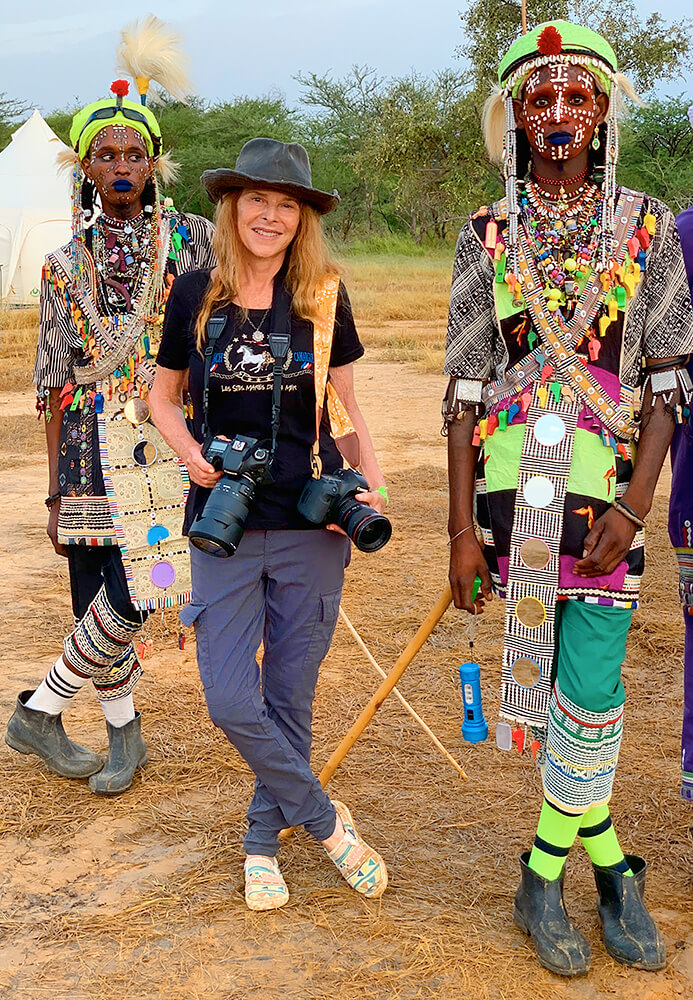Terri Gold is a photographer known for her poetic infrared and color imagery of people from the remote corners of the globe. Her ongoing project "Still Points in a Turning World" explores our universal cross-cultural truths: the importance of family, community, ritual and the amazing diversity of its expression. As the timeless past meets the imminent future, indigenous cultures that still follow their traditional way of life are rapidly disappearing. At risk is a vast archive of knowledge and expertise. What is the value of ancient practices? What will be discarded and what will be treasured? If we share our stories and appreciate the mysteries of every realm, we may gain a deeper understanding of that which lies both behind and ahead of us.
Her work has garnered many awards, is shown in galleries internationally and published extensively. Recent publications of her work include articles in the BBC Picture Desk, The Huffington Post, aCurator, and Featureshoot. She had a solo show at the Salomon Arts Gallery in New York in 2018. Her work won the Grand Prize in Shadow and Light magazine competition in 2019 and in The Santa Fe Photographic Workshops’ "Diversity" competition. She has received recent awards in the International Photography Awards, Prix de la Photographie, Paris (Px3), Humanity Photo Awards, and the Black and White Spider Awards.
She is always happiest with a camera or three in her hands.
Statement
In the Sahel desert in Chad, the nomadic Wodaabe people spend months apart, searching out pastures for their herds and shelter for the families. When the rains are good, the clans celebrate with an extraordinary courtship ritual and beauty contest called The Gerewol and it's the men who are on parade. The sweltering desert region of Chad seems an unlikely place to be so concerned with beauty yet it is an integral part of the Wodaabe culture. They consider themselves to be the most beautiful people on earth. They display their beauty as a spiritual act, full of dignity and honor. Each person is an artist and they are their art. A living canvas. The intensity rises as they dance all night in their technicolor dreamcoats, a surreal line-dance. Many different arrangements are made at the festival, some for the night, some for a lifetime. All is possible at the Gerewol...
